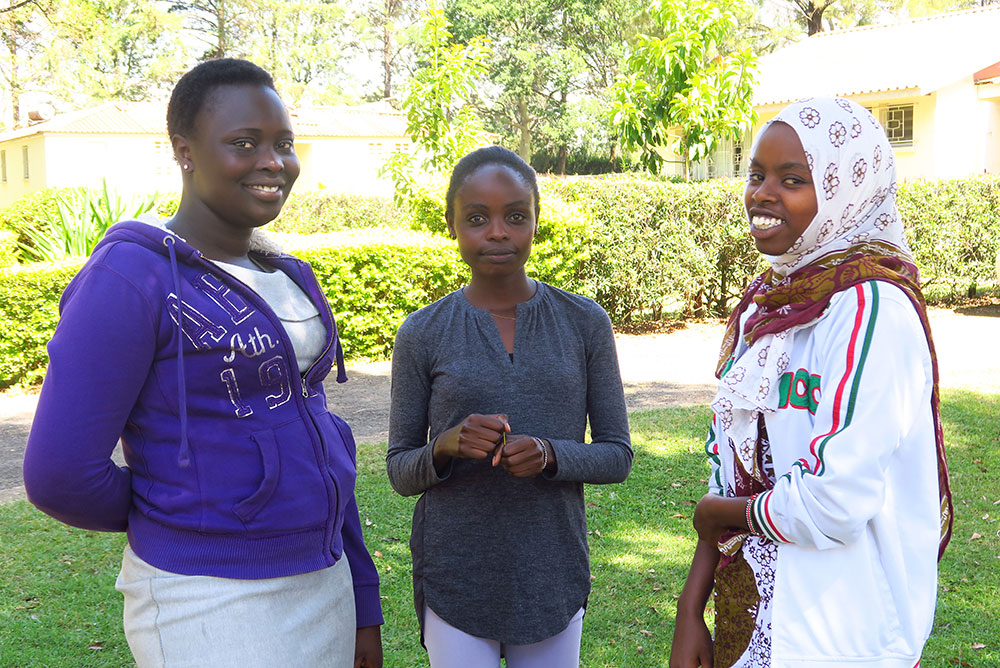Session 15/21
Page 6/7 Mentoring and community inclusion after careMentoring and community inclusion after care
For success in life after care, two sources of guidance and new social bonds are required. One is to offer one or two experienced SOSCV staff members who can act as long-term mentors. The other requirement is to form a network of care leavers where experiences can be shared, and loneliness can be prevented. Your work plan should combine these two elements. Foster parents can support the process by communicating with staff and keep in touch with the care leaver if nessecary.
A MENTOR IS AN IMPORTANT FIGURE, WHO REPLACES THE FORMER ATTACHMENT FIGURES
Separating from the childhood caregivers is difficult, and requires a new person who can replace them, and act as a new secure base and practical advisor. Each young person or small youth group should be assigned with a mentor in good time before leaving. In some cases, an SOS mother may retire, and foster parents may be occupied with new children to care for. So, each SOS staff group must find out who to assign, in order to provide long-term mentoring.
PROVIDING LONG TERM SECURE GROUPS AFTER CARE
As we learned in the introduction of this session, independence in youth can only be achieved by building a new interdependent social network. That is: We must help the young person connect with the community, form local business contacts, reunite with family and relatives, and build a network of peers. Building a network of peers after care is of vital importance when returning to or moving into the community. Young people may have regular group meetings with their mentors and discuss challenges, exchange experiences searching for jobs and housing, family and marital problems, and other topics. The former foster family may also give advice.
In Kenya, care leaver Ruth described how she and other care leavers have created the network Kenya Society of Care Leavers. Follow the link and become inspired by the care leavers’ actions to help, support, and empower other care leavers.

